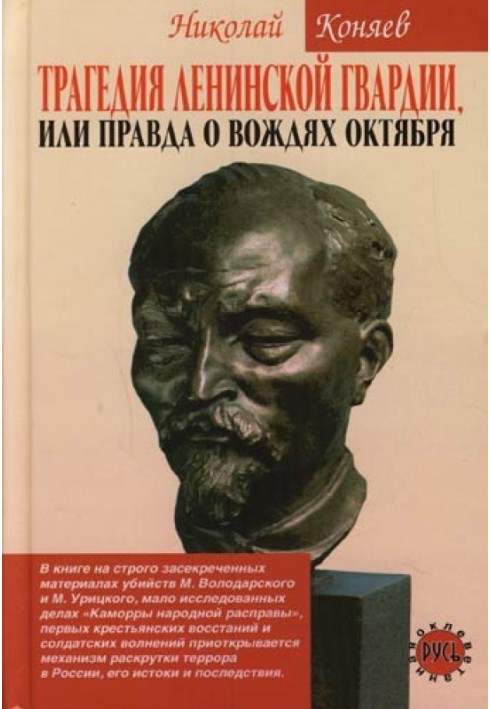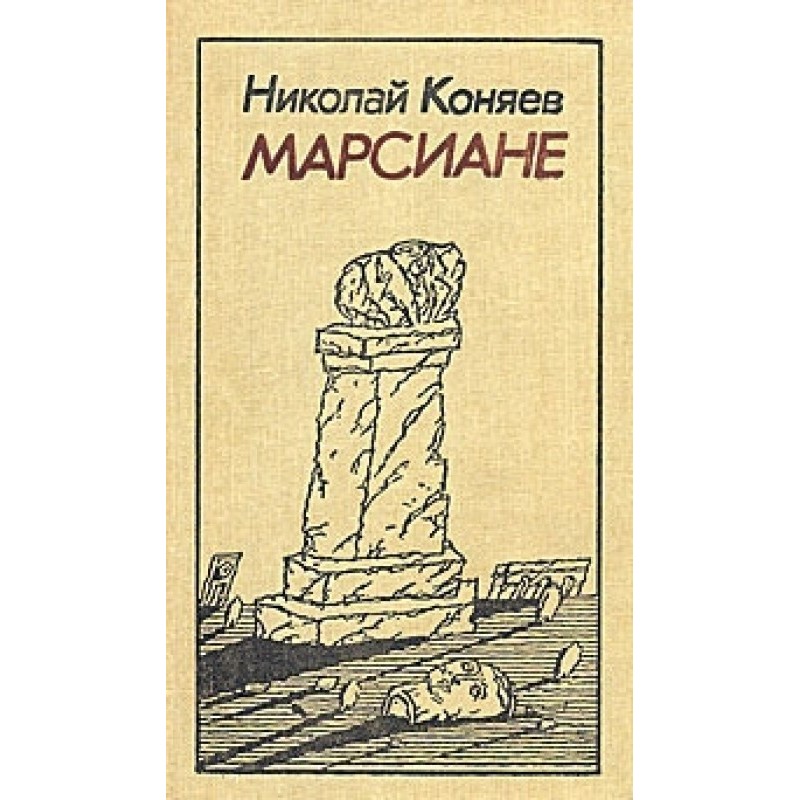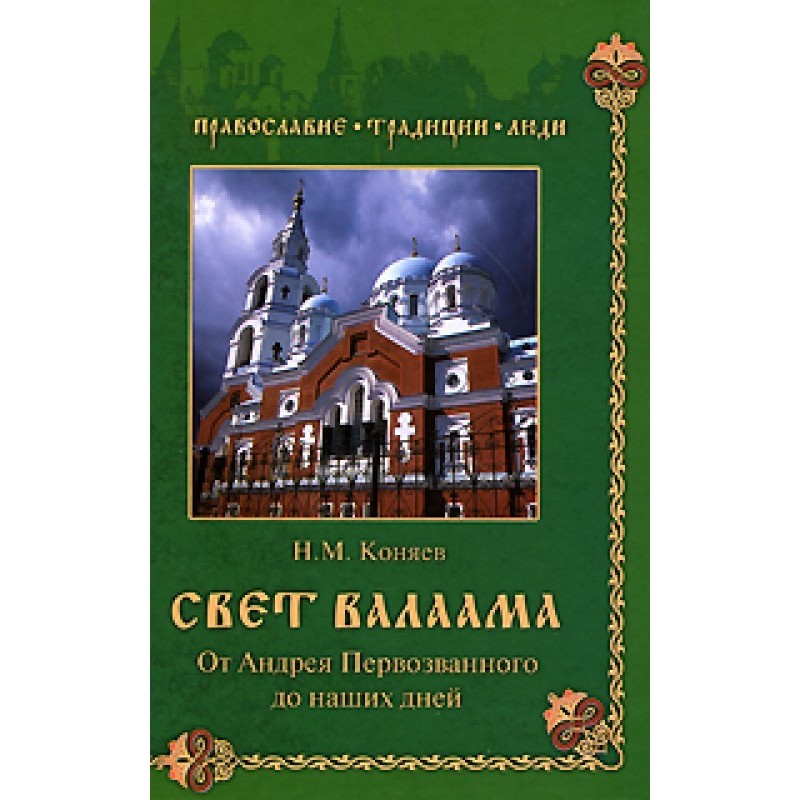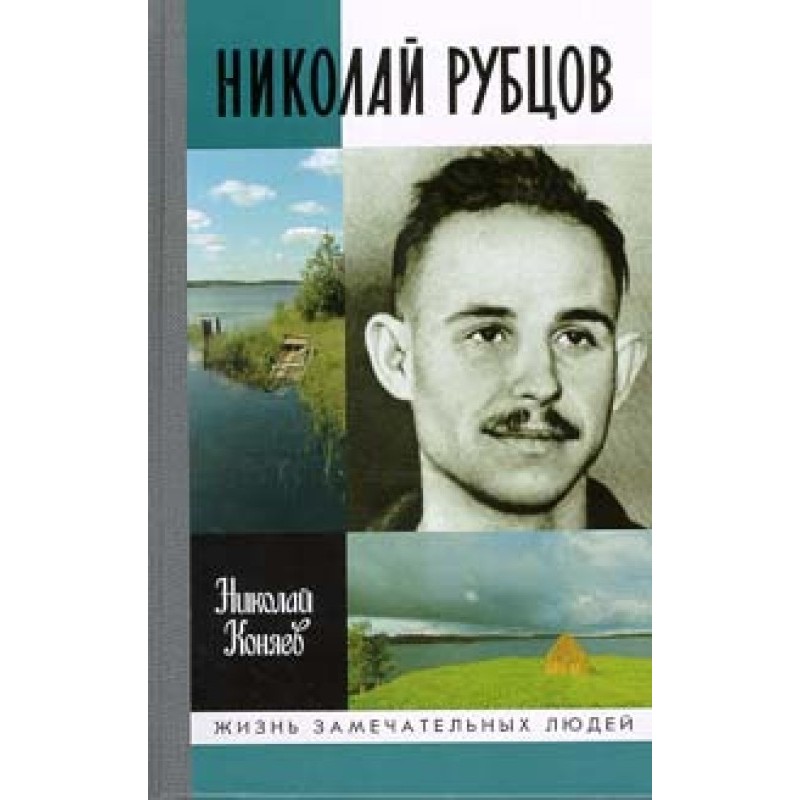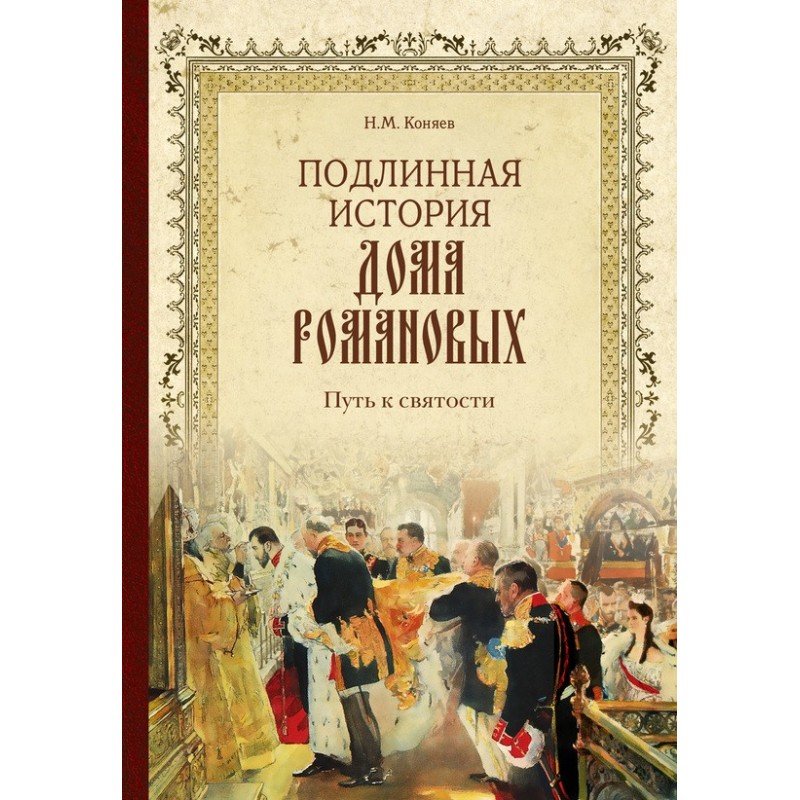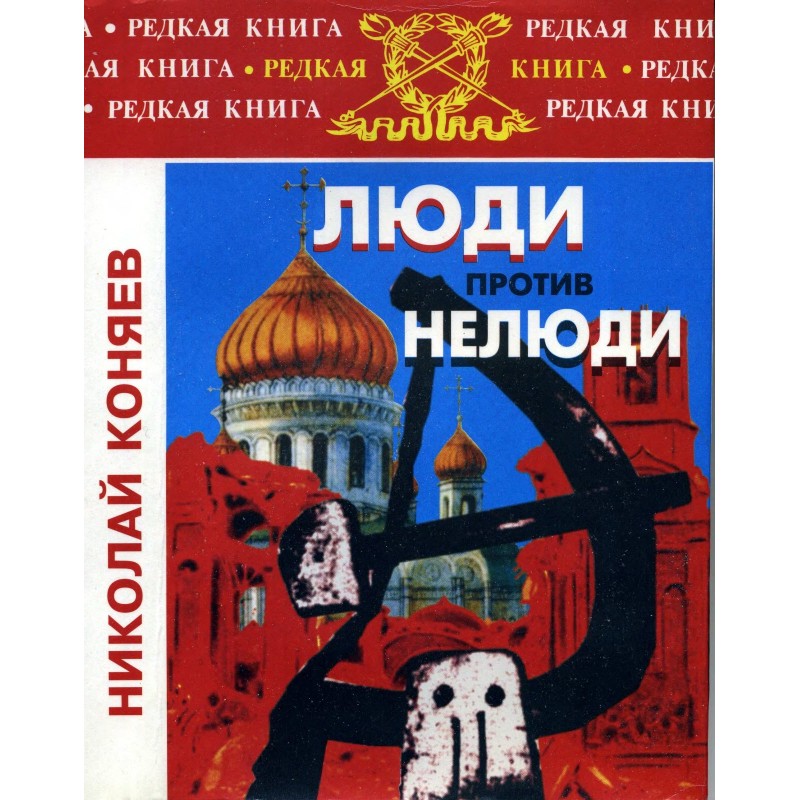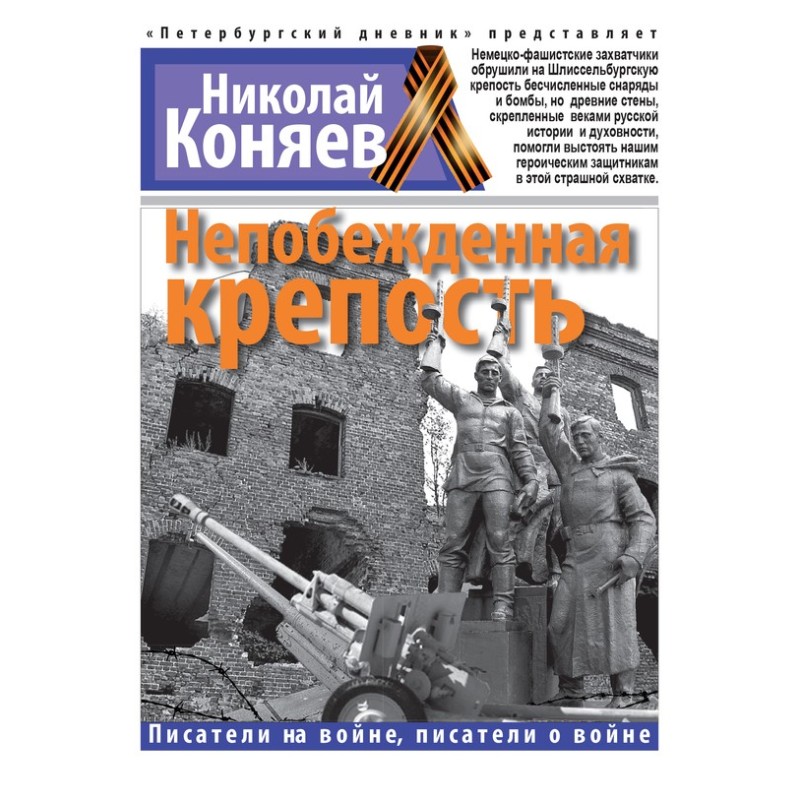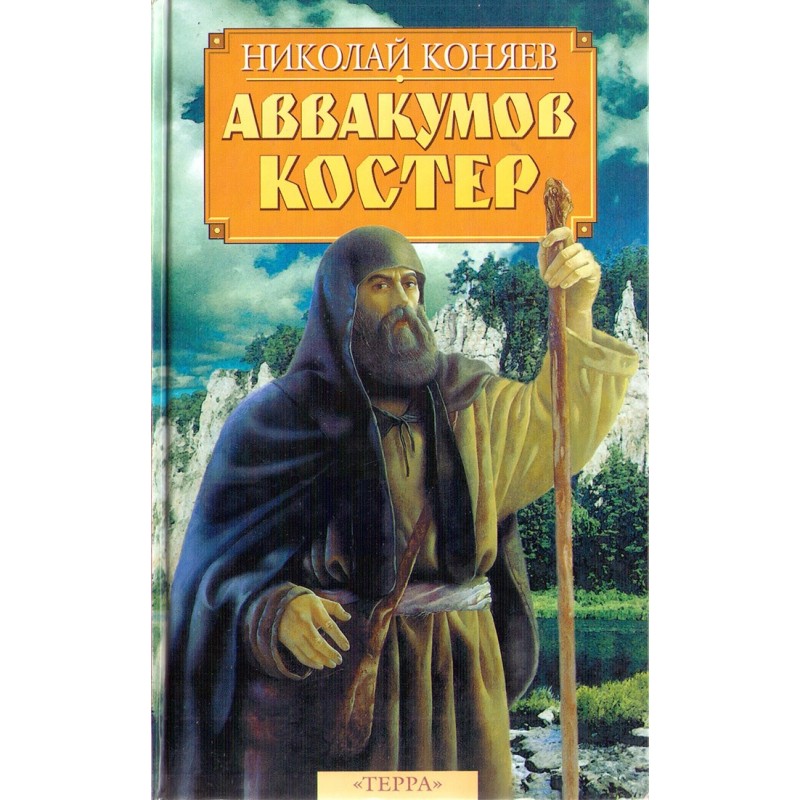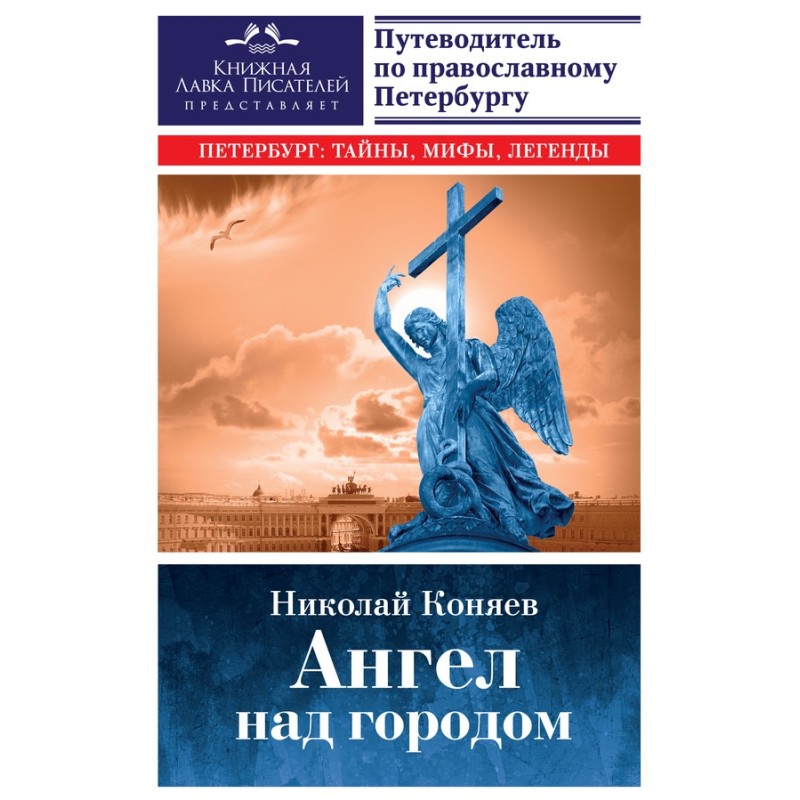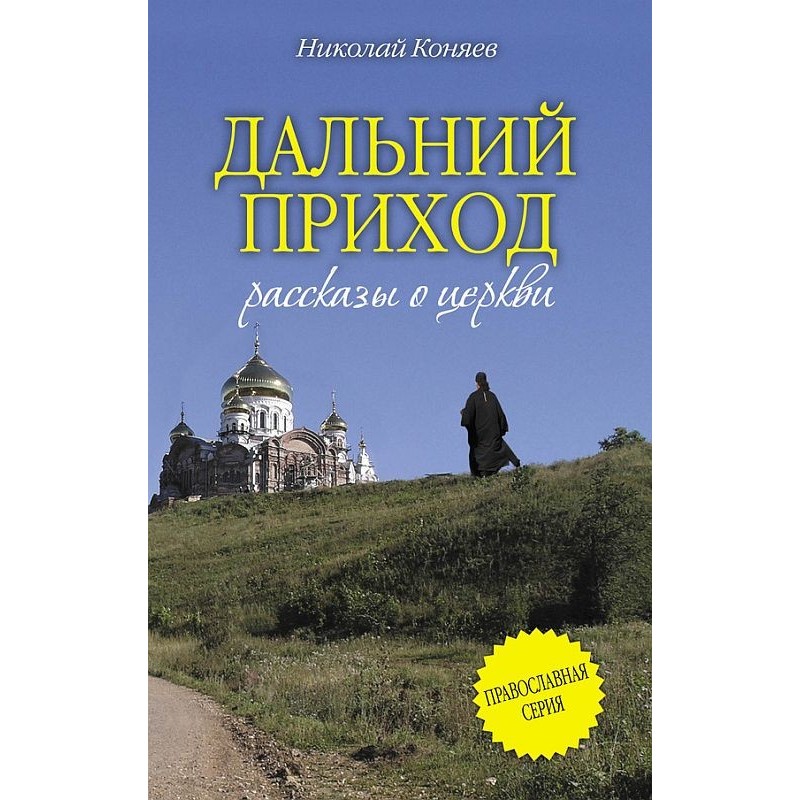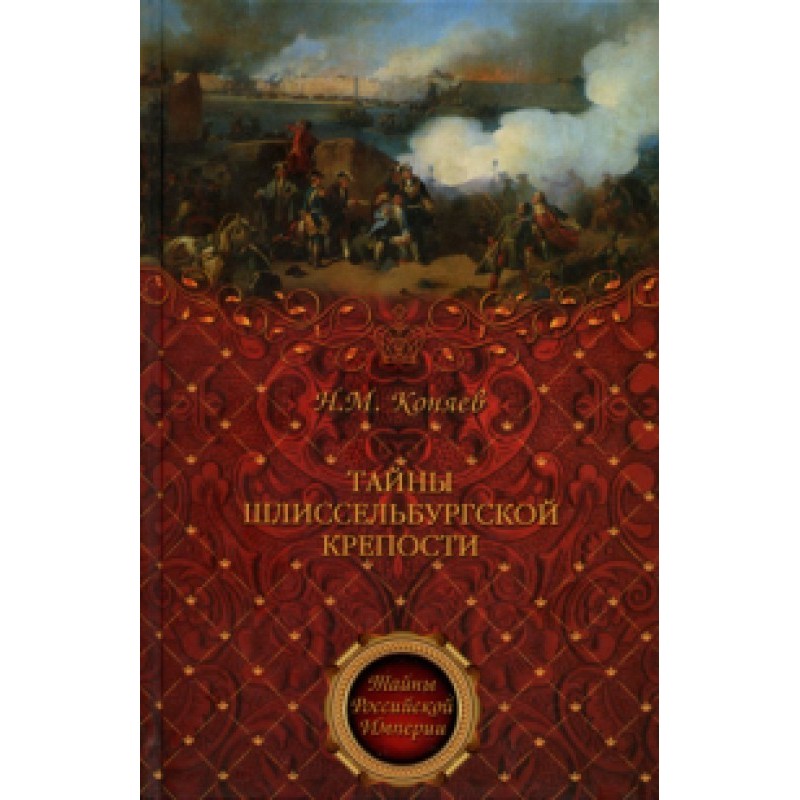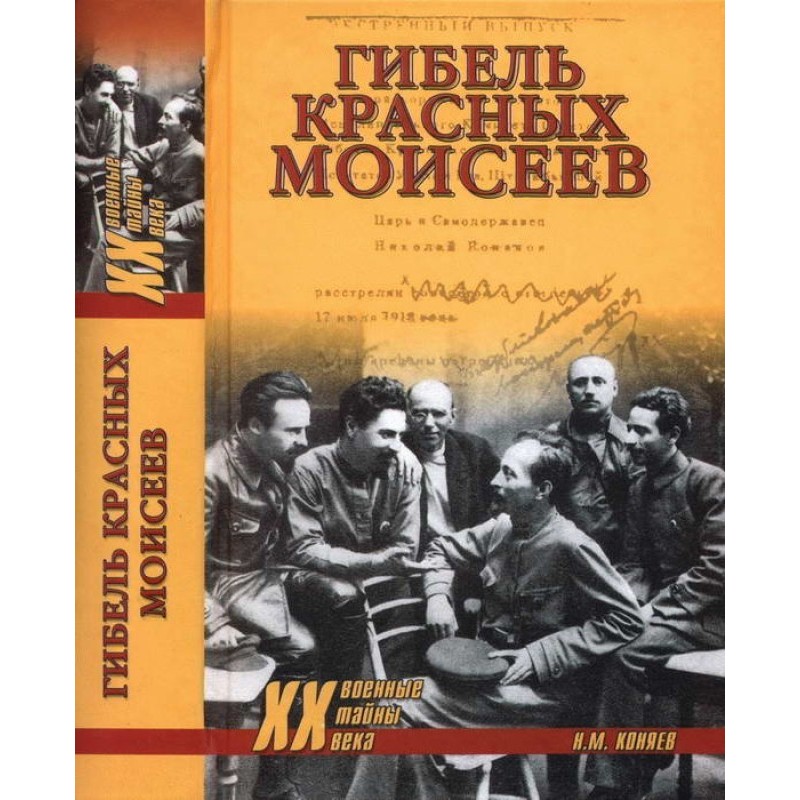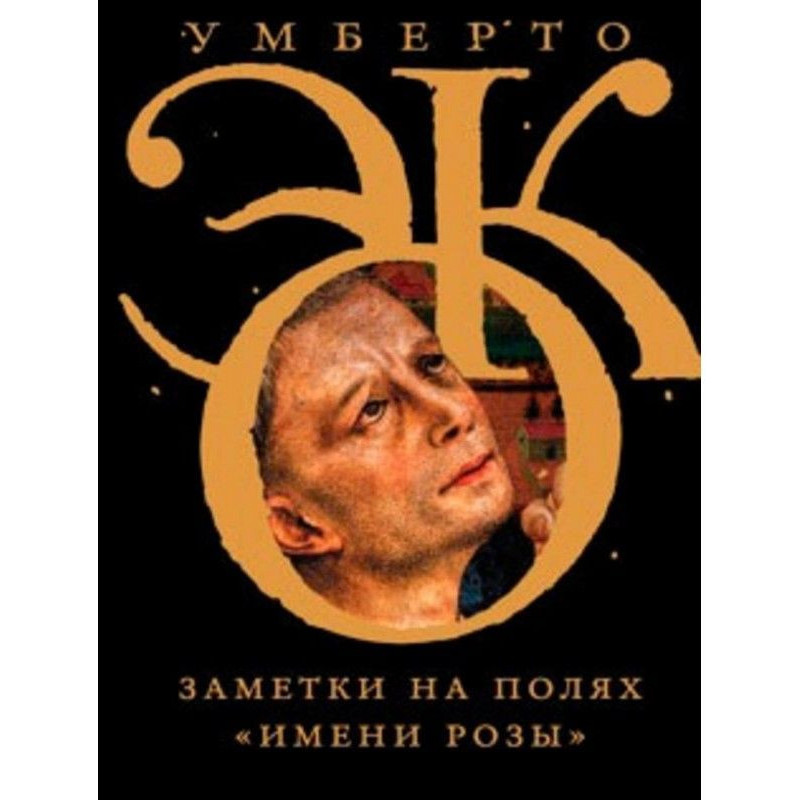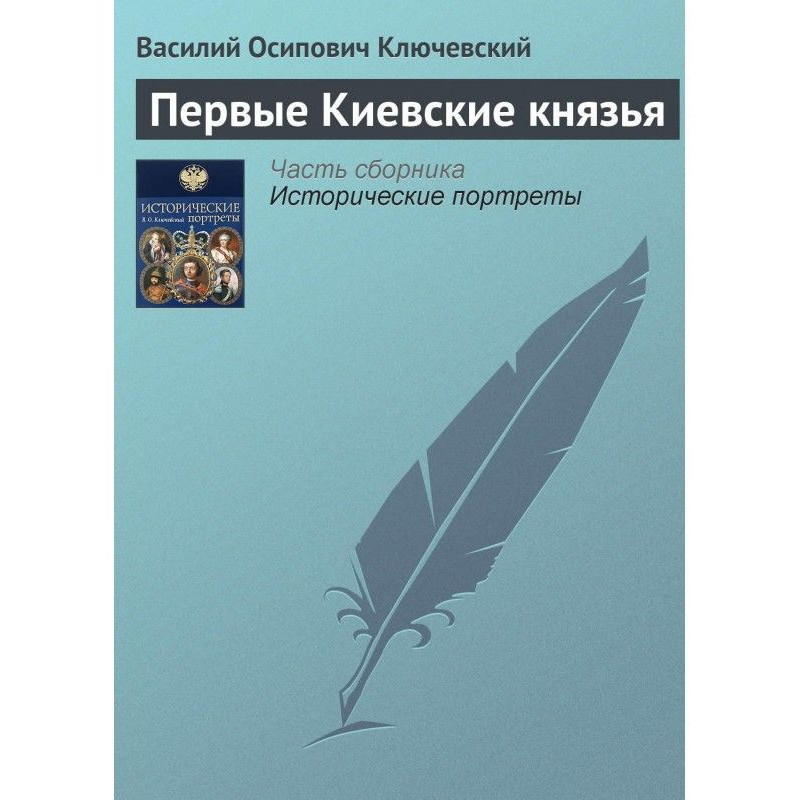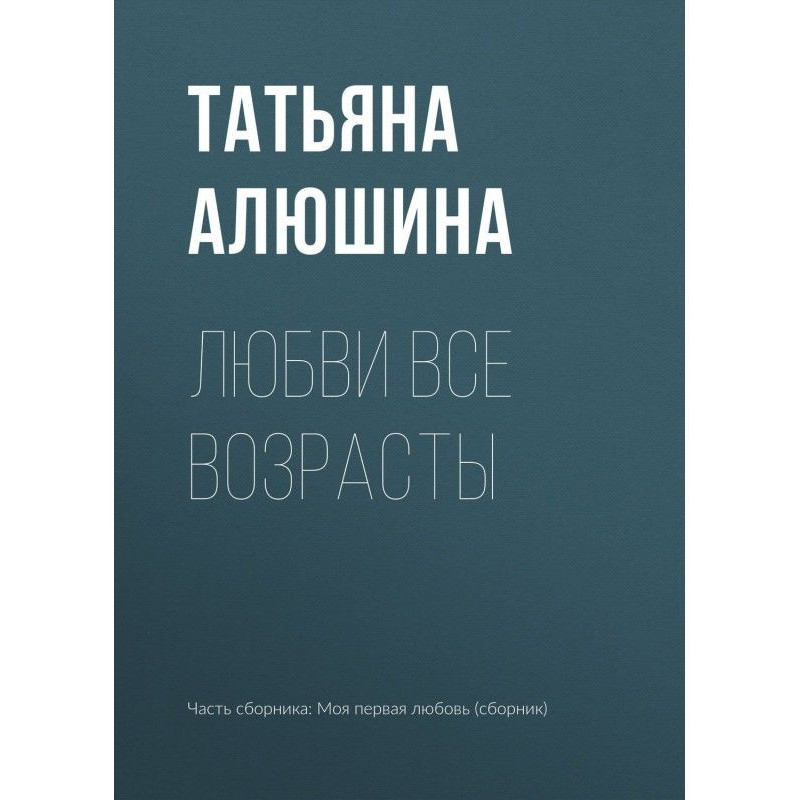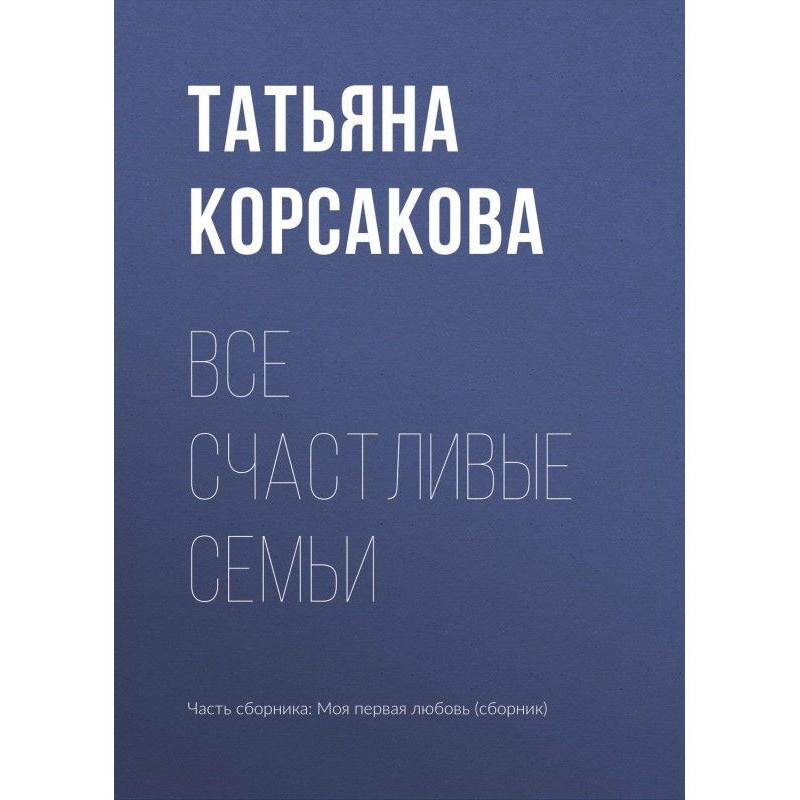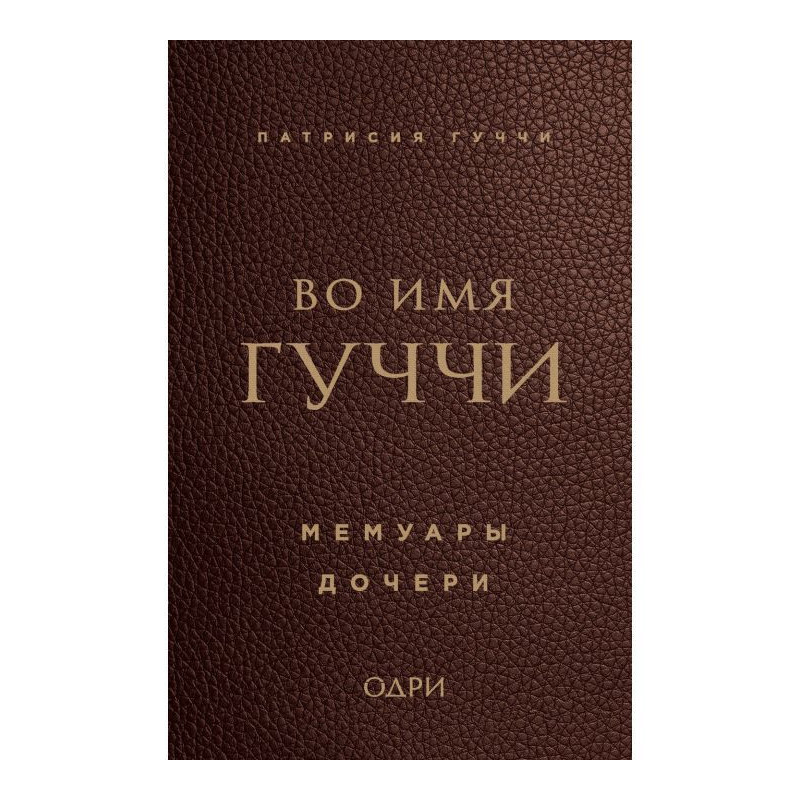The tragedy of the Lenin Guard, or the truth about the leaders of October
 Instant download
Instant download
after payment (24/7)
 Wide range of formats
Wide range of formats
(for all gadgets)
 Full book
Full book
(including for Apple and Android)
Nowadays there is a lot of talk about the repressions of the 37th. However, often, intentionally or not, there is a substitution in the concepts of “victims” and “executioners.” The beginning of this confusion was the so-called Khrushchev Thaw. But the executed Zinoviev, Kamenev, Bukharin and many other leaders of the party elite, repressed then, themselves played the role of executioners. It was they who unleashed the bloody massacre of the Civil War in 1918 and created a political climate in the country that gave rise to merciless terror. It is also deliberately forgotten that in 1934–1938. people died tens of times less than in 1918–1922. In the book of the famous writer Nikolai Konyaev, based on strictly classified materials from the murders of M. Volodarsky and M. Uritsky, leaders of the revolution, little-studied cases of the “Camorra of People’s Retribution”, the first peasant uprisings and soldier unrest the mechanism for promoting terror in Russia, its origins and consequences are revealed.
Data sheet
- Name of the Author
- Николай Коняев Михайлович
- Language
- Russian
Reviews
Вражаюче дослідження історії
Книга "Трагедія ленінської гвардії" Миколи Коняєва є надзвичайно важливим внеском у розуміння складних і часто суперечливих аспектів радянської історії. Автор майстерно аналізує події, що відбувалися в період Громадянської війни та репресій 37-го року, розкриваючи механізми терору, які були запущені ще в 1918 році. Коняєв використовує засекречені матеріали, щоб показати, як діячі партійної верхівки, які самі стали жертвами репресій, були причетні до насильства та терору, що розгортався в країні. Ця книга не лише інформує, але й спонукає до роздумів про природу влади, відповідальність та наслідки політичних рішень. Вона стане в нагоді всім, хто цікавиться історією, політикою та соціальними процесами. Рекомендую всім, хто хоче глибше зрозуміти, як історія формує наше сьогодення.

